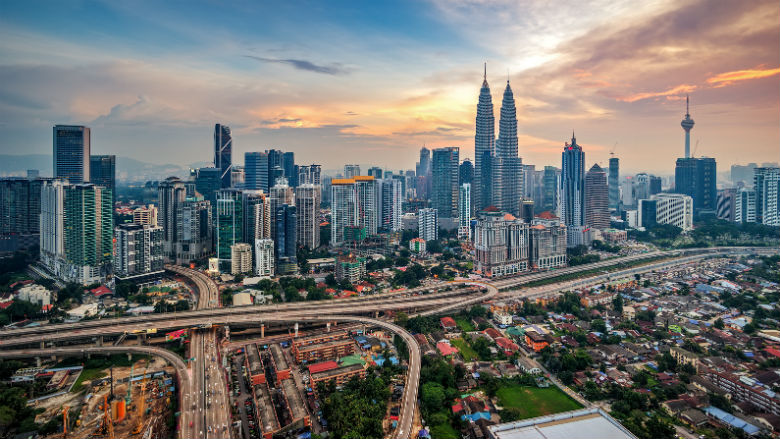Malaysia’s economy will remain resilient in 2018, though real gross domestic product will expand at a slower pace, due to external challenges such as rising protectionism and policy uncertainties in the advanced countries. Growth will be mainly driven by resilient domestic demand amid a favorable external sector.
Importantly, the government will ensure the economy will be able to weather these challenges while it is committed to reducing the fiscal deficit and creating more jobs, Staronline reported.
Despite the strong growth momentum, Malaysia, as an open economy, is not immune to external headwinds. These include rising protectionism; policy uncertainties in the advanced markets.
The government has undertaken structural reforms over the years to diversify the economy and strengthen the financial system, providing a sufficient buffer to weather these external challenges.
Hence, GDP is expected to grow 5% to 5.5% compared with 5.2% to 5.7% in 2017 due to a slight decline in manufacturing and services—the major components of the economy. The services sector is expected to retain its strong growth of 5.8%, slightly lower than the 5.9% in 2017, largely led by the final services group.
Manufacturing is expected to expand 5.3% versus 5.5% in 2017 in line with the sustained external demand and consumption activities. Construction is forecast to expand 7.5% from 7.6% underpinned by the major civil engineering projects.
As for the agriculture sector, higher output and firmer commodity prices will provide the support. Mining sector is anticipated to expand at a moderate pace supported by natural gas production.
On the demand side, household spending will remain the key source of growth, benefiting from higher income following stable employment conditions and firmer commodity prices.
Private investment is forecast to remain resilient primarily due to capital outlays in the services and manufacturing sectors. The public sector will continue to spearhead growth while it remains committed towards its fiscal consolidation.
Private sector expenditure will be the main driver of growth and it is envisaged that private investment will grow 8.9% and consumption, 6.8%. However, public sector expenditure is forecast to fall as public corporations reduce their capital outlays.
The nominal gross national income per capita is expected to rise 5.1% from RM40,713 ($9,595.3) in 2017 to RM42,777 in 2018.
Federal government debt will continue to remain sustainable within the prudent limit of 55% of GDP. In terms of federal government finance, revenue has been on an upward trend. Revenue is expected to increase 6.4% to RM239.86 billion from RM225.337 billion in 2017 and RM212.421 billion in 2016.


